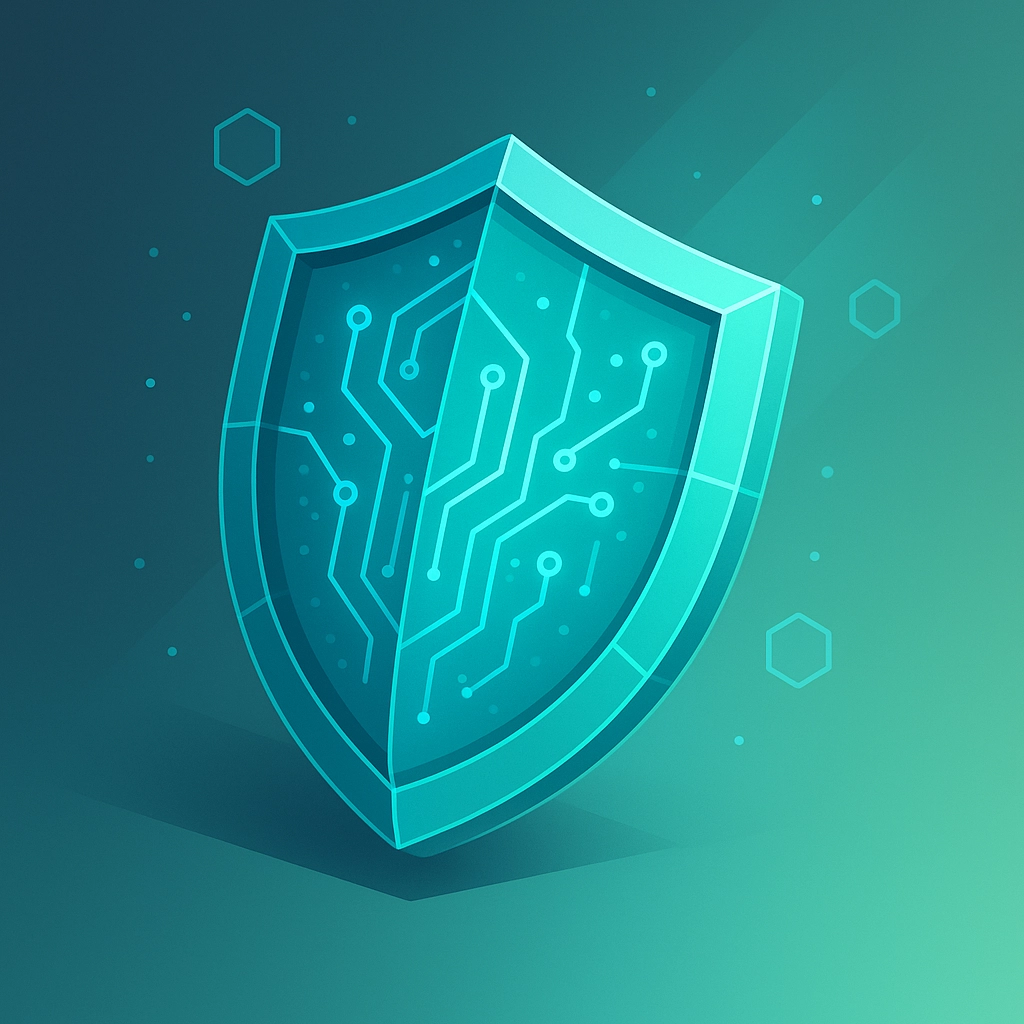If you think European cybersecurity laws don't affect your U.S. business, think again. The EU's new Cyber Resilience Act (CRA) is about to change how every company builds digital products, and yes, that includes American businesses selling software, IoT devices, or any "connected" product to European customers.
Here's the reality: starting in 2026, if you want to sell digital products in Europe, you'll need to prove they're "secure by design." No more patching problems after launch. No more hoping your security measures are good enough. It's time to build security into every line of code, every circuit, and every user interface from day one.
What Exactly Is the EU Cyber Resilience Act?
The CRA isn't just another compliance checkbox: it's a complete rethinking of product security. Think of it as Europe's way of saying "we're tired of insecure products causing data breaches and cyber attacks."
The law covers any product with "digital elements": which basically means anything that connects to the internet or processes data remotely. That includes:
- Software applications (even mobile apps)
- IoT devices like smart cameras or thermostats
- Industrial equipment with network connections
- Even your company's internal software if it's sold to EU customers
The key phrase here is "security by design." Instead of building a product and then adding security features, you now have to design security into the product from the very beginning.

Why U.S. Companies Can't Just Ignore This
"But we're not a European company!" you might say. Doesn't matter. If you sell any digital product to European customers: even through online marketplaces or third-party distributors: you're subject to these rules.
The EU has made it clear: no European market access without compliance. Starting December 11, 2027, non-compliant products simply can't be sold in Europe. That's a market of nearly 450 million people you'd be walking away from.
But here's what's really interesting: many cybersecurity experts believe these "security by design" principles will become the global standard. Europe has a history of creating regulations that other countries eventually adopt (remember GDPR?). Getting ahead of this trend now could give your business a competitive advantage both in Europe and eventually worldwide.
The Big Changes You Need to Know About
Let's break down the major requirements in plain English:
1. Security Documentation That Actually Means Something
Gone are the days of generic security policies gathering dust in a folder. The CRA requires detailed technical documentation that proves your product is secure. This includes:
- Software Bills of Materials (SBOMs): A complete inventory of every software component in your product
- Threat modeling: Documentation showing what security threats you've considered and how you're addressing them
- Risk assessments: Proof that you've evaluated and mitigated security risks
- Test results: Evidence that your security measures actually work
All of this documentation must be kept for 10 years and made available to regulators on demand.
2. CE Marking for Digital Products
You know those "CE" marks you see on electronics? Now they're coming to software and connected devices, but with a twist: the CE mark will include specific security claims about your product.
High-risk products like medical devices, operating systems, and industrial control systems will need third-party assessment before they can display the CE mark. This is a big shift from the self-certification model most software companies use today.

3. Lifetime Vulnerability Management
Here's where things get expensive: manufacturers must provide security updates for the "entire expected lifecycle" of a product: at no charge to customers.
This means you need to think carefully about product lifecycles and support commitments before you launch. A smart thermostat with a 10-year expected life? You're on the hook for security updates for the full decade.
4. Clear User Instructions
The days of assuming customers will figure out security settings are over. The CRA requires clear instructions on how to use products securely, especially in business-to-business sales. This includes explaining what security responsibilities fall on the user versus the manufacturer.
Timeline: What You Need to Do When
The implementation isn't all at once: it's phased:
September 11, 2026: Vulnerability reporting obligations begin. If you discover a security flaw in your product, you'll need to report it to EU authorities within 24 hours and provide updates on your response.
December 11, 2027: Full compliance required. All the documentation, CE marking, and security-by-design requirements take effect.
That might seem like plenty of time, but restructuring your entire product development process takes longer than you think. Smart companies are starting now.
Practical Steps for Small and Mid-Sized Businesses
Don't panic: you don't need to become a cybersecurity giant overnight. Here's how to start:
Start With Your Current Products
Audit what you're already selling. Which products have digital elements? Which ones are sold (or could be sold) to European customers? Prioritize the products that generate the most revenue or have the biggest European market potential.
Implement Security-by-Design in New Projects
For any new product development, make security a requirement from the planning phase. This means:
- Including security requirements in your initial project specifications
- Conducting threat modeling during the design phase
- Regular security testing throughout development
- Documentation at every step

Invest in Automated Tools
Manual security documentation is expensive and error-prone. Look for tools that can:
- Automatically generate and maintain SBOMs
- Track vulnerabilities in third-party components
- Manage security documentation workflows
- Monitor for new threats
Build Your Security Team (Or Partner With Experts)
You don't need to hire a full cybersecurity team, but you do need security expertise. Consider:
- Training existing developers in secure coding practices
- Hiring a security consultant for threat modeling and risk assessments
- Partnering with a cybersecurity firm that understands compliance requirements
Create Incident Response Processes
Remember, vulnerability reporting starts in 2026. You need processes to:
- Detect security issues quickly
- Assess their impact
- Report to authorities within 24 hours
- Communicate with customers
- Deploy fixes rapidly
The Hidden Opportunity
While compliance seems like a burden, there's a hidden opportunity here. Companies that nail security-by-design early will have a significant competitive advantage.
Think about it: when European customers have to choose between two similar products, and one has the CE security mark while the other doesn't, which do you think they'll pick? Security is becoming a key differentiator, not just a compliance requirement.
Plus, the security practices you develop for European compliance will make your products more secure everywhere. Better security means fewer breaches, less downtime, and happier customers globally.
Don't Wait Until 2026
The companies that will succeed with the CRA are the ones starting their transformation now. Waiting until 2026 means you'll be rushing to meet deadlines, making mistakes, and potentially losing European market access while your competitors who started early are gaining market share.
The shift to security-by-design isn't just about compliance: it's about building better, more trustworthy products that customers want to buy.
Ready to start your security-by-design transformation? Contact B&R Computers today. We help small and mid-sized businesses navigate complex cybersecurity requirements without breaking the budget. Let's make sure your products are ready for the European market: and secure for customers everywhere.




































































































